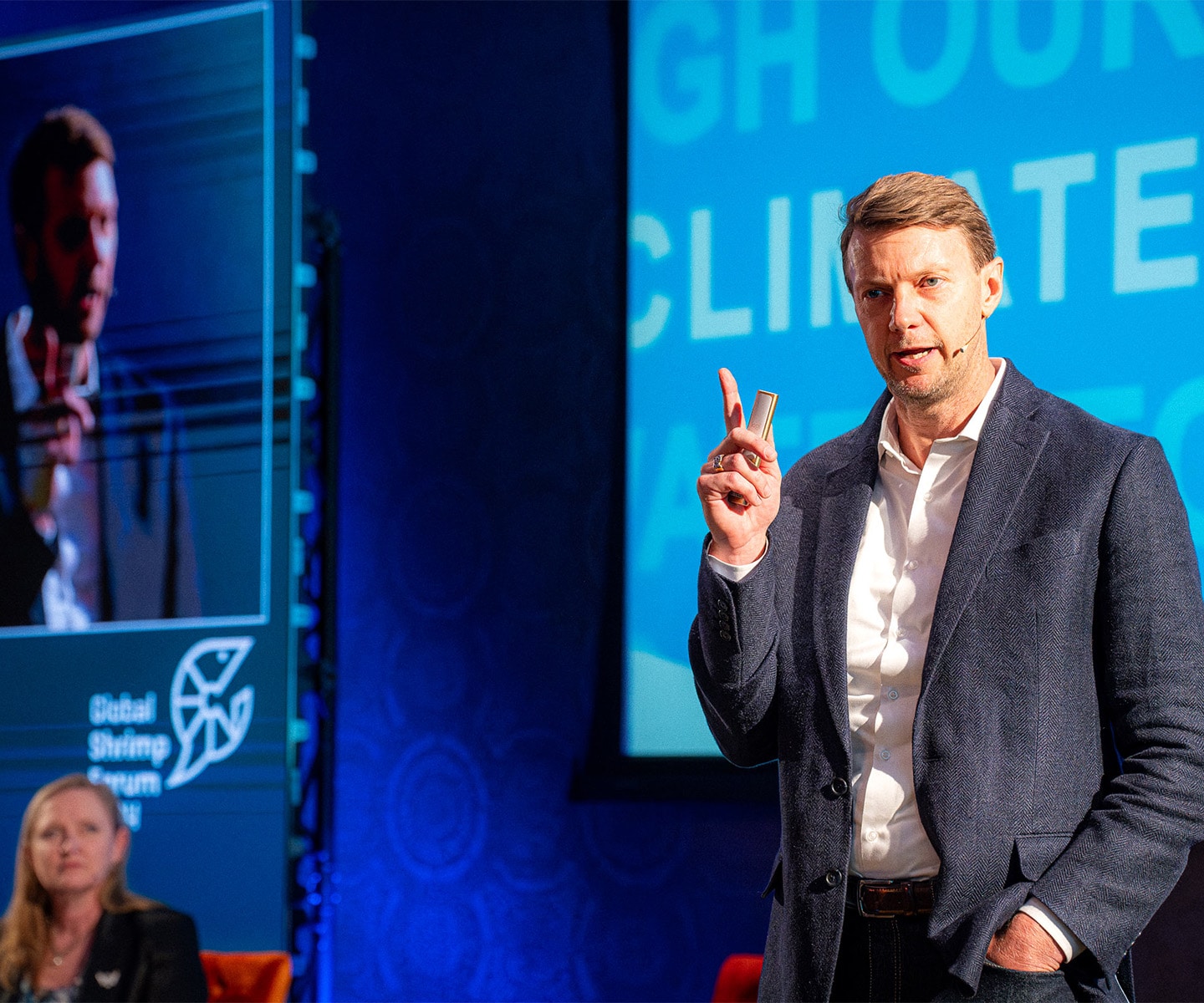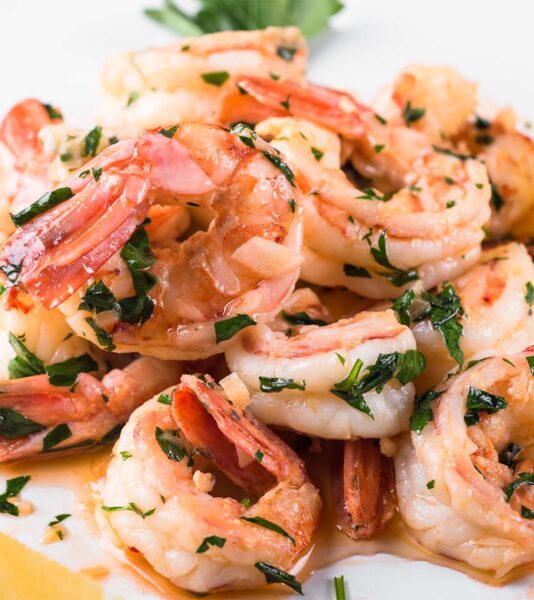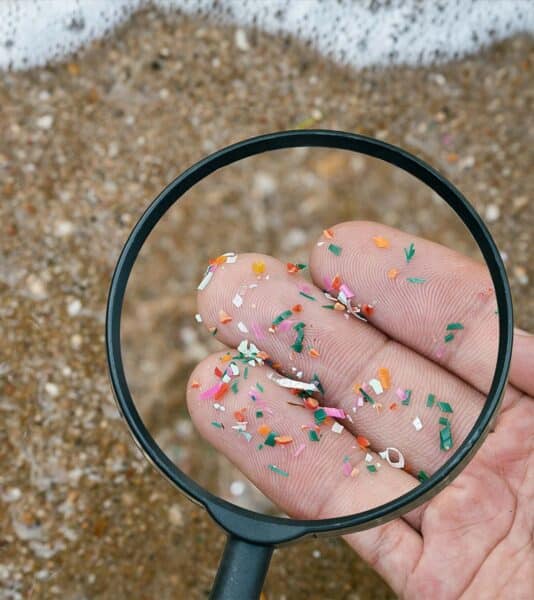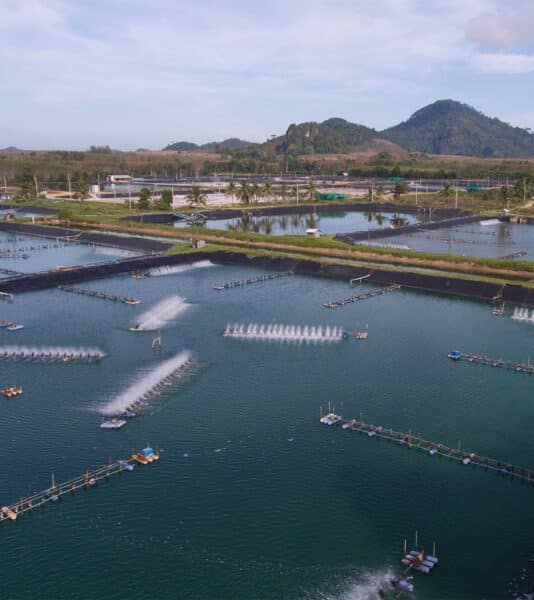As we continue to witness the impacts of climate change, there is concern among many stakeholders that we need to move faster. While businesses want to protect valuable resources and ensure secure supply chains, every company aims to manage costs, optimize efficiencies, and protect profitability. Add to this picture consumers’ ever-increasing focus on the story behind the brand—demanding sustainable practices and transparency.
In this backdrop, Blake Stok, Director of Sustainability for Thai Union North America, presented an initiative for producing lower-carbon shrimp at the Global Shrimp Forum in September 2024.
“As we face potential worst-case climate scenarios, what if we take no action?” Stok pondered. Companies foresee huge risks to their businesses and supply chains, he noted. “I often used to say, ‘The future is uninsurable,’ but I was wrong. We can take out insurance on the future of our industry if we elect to act today,” said Stok.
Shellfish production – GHG emissions
He told the audience that shellfish production results in high greenhouse gas emissions (GHG)— higher than poultry or pork production, then outlined Thai Union’s commitments to reduce GHG emissions within its own operations and its supply chain.
By 2030, Thai Union’s goal is to reduce emissions by 42%, reaching net zero by 2050, as detailed in the SeaChange® sustainability strategy.
“We’re the first seafood company to set these kinds of targets,” he told attendees.
Getting started meant working with partners such as The Nature Conservancy and Bain Consulting o analyze the sources of GHG emissions of a typical shrimp production system. What they learned: The GHG footprint and sustainability issues in shrimp aquaculture are concentrated in on-farm practices and feed, he explained.
Interventions for lowering GHG
On-farm Interventions: Include reducing reliance on grid energy and reducing energy usage, he explained. Pumps and aeration exact heavy energy demands, he said. “But what if we could be more efficient with that energy and generate power from renewable sources? What impact would this have on GHG emissions—but also, what impact would this have on farm profitability?” he asked. The pilot project has been tackling questions such as these to construct new models focused on solar energy and optimizing on-farm energy usage. Stok showcased a recent solar panel installation in the pilot project.
With the goal of scalability at the forefront of the project, he spoke to need for strong partnerships and willingness to “think big” to address the complexities of constructing an innovative business model. A successful model needs to make new methods affordable, profitable, and accessible for all stakeholders, achieving government and regulatory approvals for energy infrastructure installation, and enacting change on the farm.
Shrimp Feed was another focus. Besides being one of the largest contributors to GHG emission in shrimp farming, feed also represents the single greatest cost to farmers. Stok raised insightful questions: “So, what if we could get more efficient in those feed conversion ratios? Stop overfeeding …? And what if we could change ingredient sourcing practices to ensure that no ingredients come from deforested or converted lands?”
Feed interventions include replacing inputs with sustainable alternatives, such as 100% certified, deforestation and conversion free (DCFS) soy. The plan also targets refining formulations in the future and applying smart technology. These tactics will not only reduce GHG emissions; they should make shrimp farming more cost-efficient.
The pilot program has an initial target of producing 1,000 metric tons of processed shrimp that will be imported by Chicken of the Sea Frozen Foods, but it’s already projected to surpass initial expectations due to overwhelming demand. It will be fully traceable from hatchery to the final point of shipment.
Forging a new paradigm
The pilot program is forging a new paradigm in shrimp farming, building the foundation for a future of far-reaching GHG emissions reduction within a business model that works for all stakeholders. Following the pilot’s success, Thai Union’s plan is to scale these efforts across other shrimp farms in Thailand and beyond.
The Shrimp Decarbonization initiative, developed in collaboration with The Nature Conservancy and Ahold Delhaize USA, marks a significant step towards more sustainable aquaculture practices. “Without these strong partnerships built on trust and shared goals, none of this would have been possible,” said Stok.








